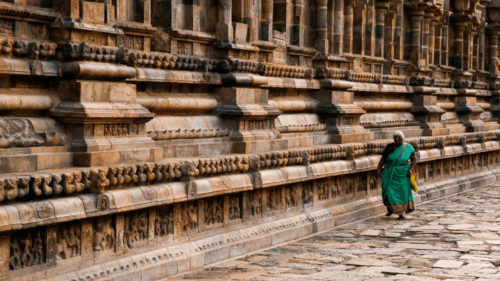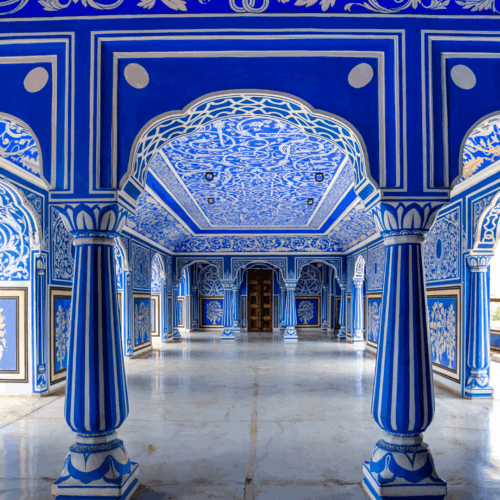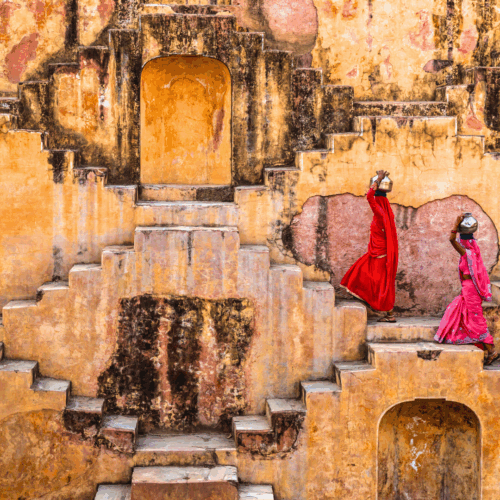Centuries before India fell on the receiving end of a great deal of cultural and linguistic influences from beyond its borders, she was a confident exporter of her own diverse civilization, creating around it an empire of ideas. This developed into what historian and author, William Dalrymple calls the ‘Indosphere’ – a sphere of influence where Indian culture was predominant – in his latest book, The Golden Road: How Ancient India Transformed the World.

For a millennium and a half before the establishment of various Islamic empires and the British Raj, (from about 250 BCE to 1200 CE), the rest of Asia was an eager and willing recipient of a startlingly comprehensive mass transfer of Indian religion, music, art, dance, textiles, language, literature, mythology and mathematics, astronomy, medicine and technology.
It is no wonder, then, that the largest religious structure dedicated to the Hindu God, Vishnu, is situated in the far reaches of Angkor Wat in Cambodia. The names of the South-east Asian countries, too, reflect the influence that India’s soft power left all those many years ago. Countries such as Singapore and Java find the origins of their names in Sanskrit – the language that traveled with Indian seafaring merchants of antiquity.

Dalrymple’s deft storytelling and keen eye for details make this book a delight for anyone wanting to know the very human stories behind the monuments that we marvel at today. His artist’s eyes show the readers the astonishingly lifelike reproductions of monks and warriors painted centuries ago on the walls of the Ajanta caves. One cannot help being hypnotized by the profound soundless gazes of the early Buddhist faces. His book travels from Taxila to Magadh to Sri Lanka, following the emissaries of Ashoka – one of the greatest proponents of Buddhism – and its cultural influence across much of South and South-east Asia. We see dhamma ministers travel to Sri Lanka, carrying a cutting of the Bodhi Tree under which Gautama became The Buddha. Today, travelers to Sri Lanka can still see the tree flourishing, despite the vagaries of war, nature and so much more.





